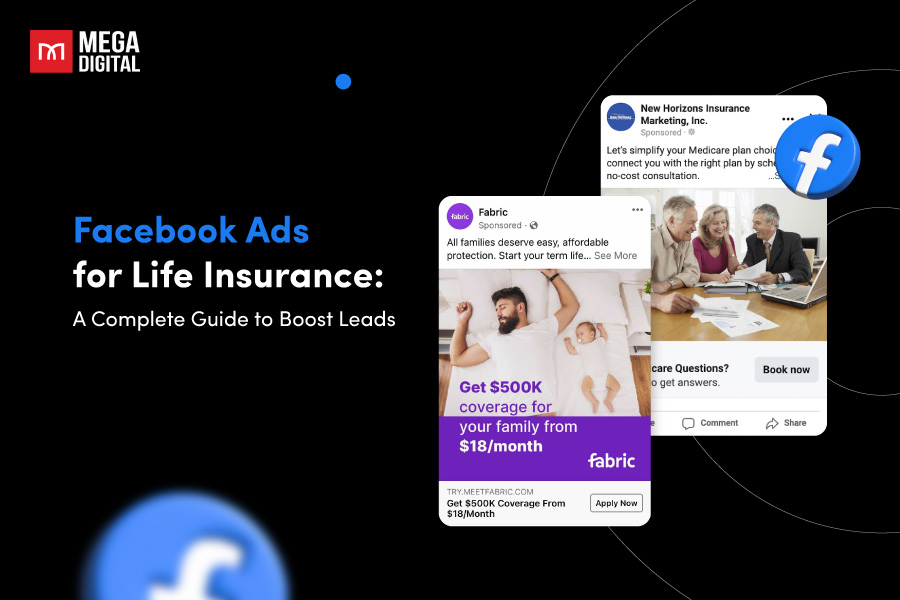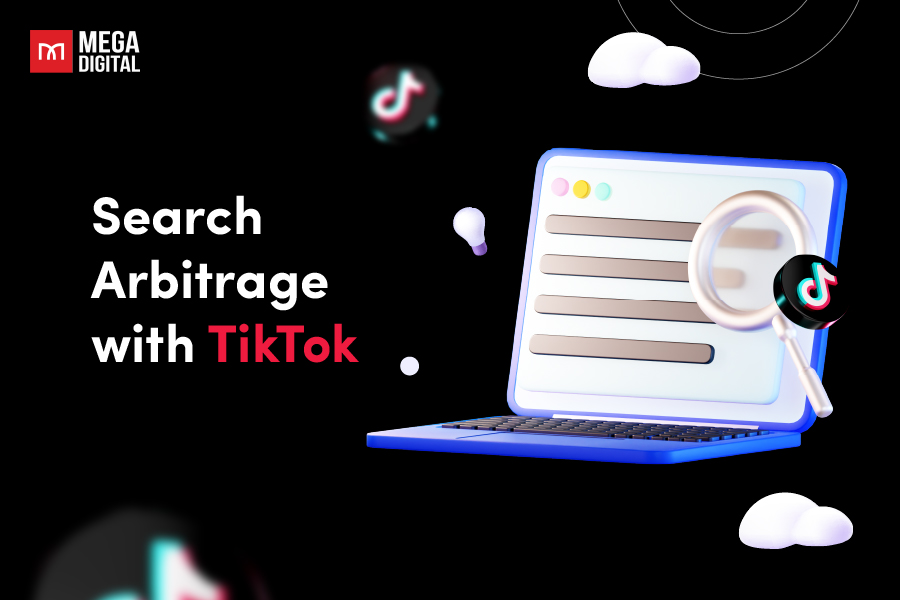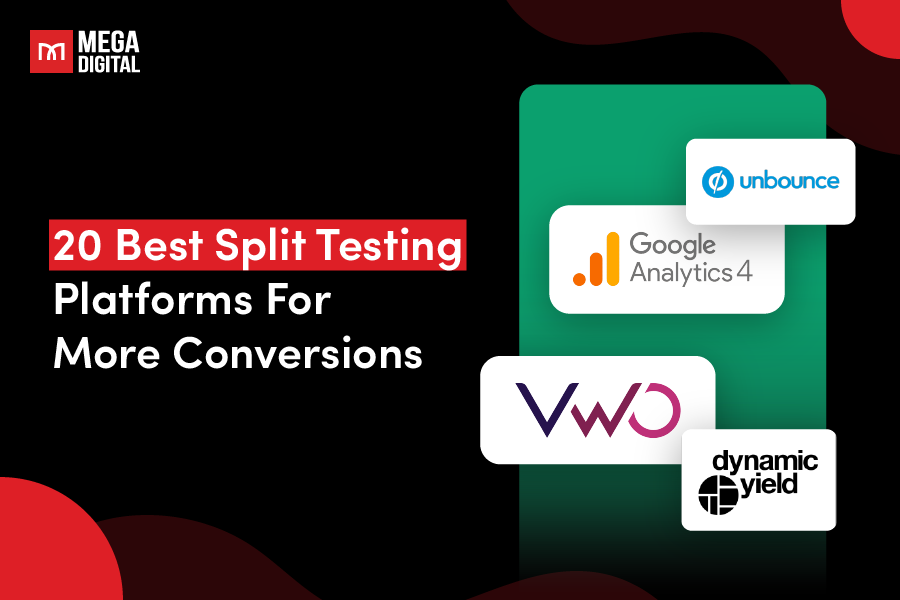Not only do you want to broaden your customer reach, but you also want to do so in a personalized and efficient way, right? Well, then Facebook Dynamic Ads for Broad Audiences (DABA) is the solution you are looking for! In this post, I’ll explain what Facebook DABA is, how to set up a DABA campaign, and some best practices to make the most out of these ads.
- What are Facebook Dynamic Ads for Broad Audiences?
- How Does DABA Facebook Work?
- How does DABA Differs from Dynamic Product Ads?
- Advantages of Using Facebook DABA
- How to set up a Facebook DABA Campaign?
- Best Practices for Facebook Dynamic Ads Broad Audiences
- Case Study: Boosting Brand Awareness and Sales with Facebook DABA
What are Facebook Dynamic Ads for Broad Audiences?
Facebook Dynamic Ads for Broad Audiences (DABA) are a type of dynamic ad that uses machine learning to automatically show your most relevant products to potential customers who haven’t interacted with your website or app but have shown interest in similar products across the web.
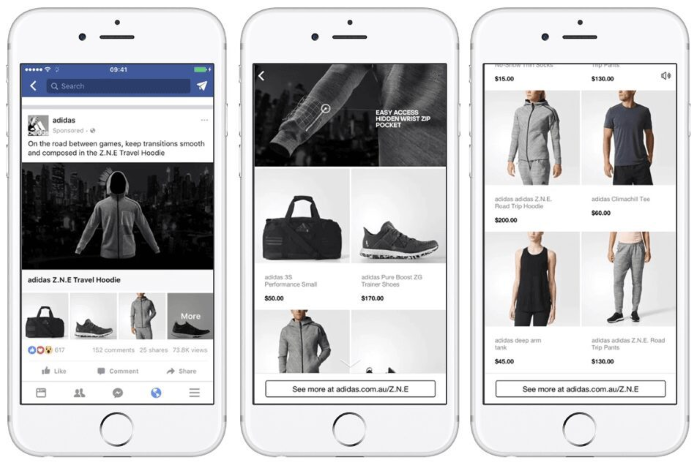
These ads can appear in various placements across Facebook’s network, including:
- Facebook News Feed
- Instagram Feed
- Facebook Marketplace
- Facebook Stories
- Instagram Stories
- Audience Network
- Messenger
DABA is designed to help businesses reach new audiences who are likely to be interested in their products but have not yet visited their website or app.
How Does DABA Facebook Work?
DABA works by picking up on signals shoppers put out as they move through the customer journey. These signals include how they interact with similar products on competitor websites or what ads they engage with that are similar to yours. This ensures that the right products are connected to the right people.
The DABA algorithms target audience based on the following criteria:
- Past browsing behavior: Facebook analyzes users’ browsing history to detect trends and predict interest in your products.
- Interests and demographics: Facebook considers users’ interests and demographic information, such as age, gender, and location.
- Experiences with similar items or businesses: Based on users’ interactions with similar businesses, Facebook evaluates their likelihood of engaging with your brand.
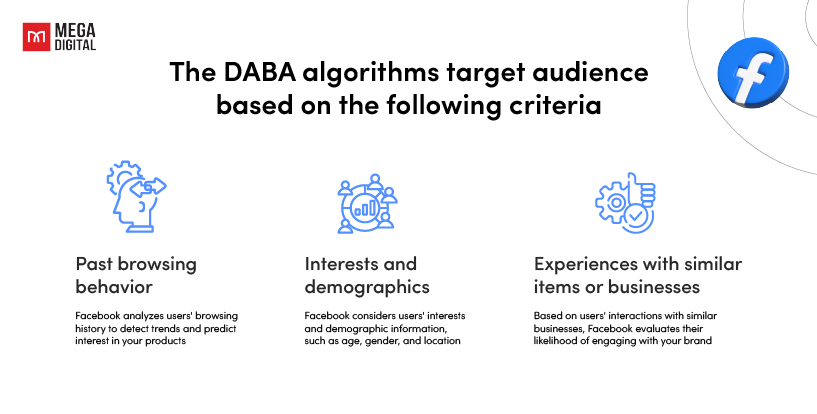
For example, instead of showing your luxury watch ad to someone browsing for children’s party supplies, the DABA algorithm identifies users interested in luxury timepieces, ensuring your ad reaches the most relevant audience.
How does DABA Differs from Dynamic Product Ads?
While Dynamic Product Ads (DPAs) are primarily used for retargeting, showing ads to people who have previously interacted with your company, DABAs expand that audience to include people who have searched for a similar product or service to the ones you offer and/or who have interacted with a company similar to yours.
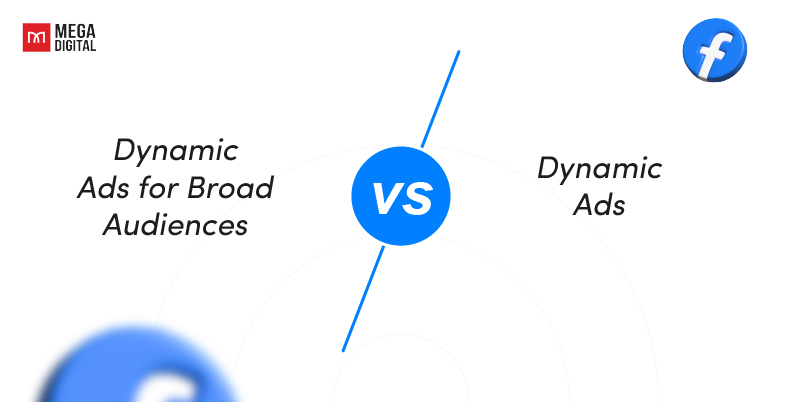
In other words, DABA is like DPA but with a broader audience. Instead of targeting a narrow, or “warm” audience, DABAs retarget your ads to a broad, or “cold” audience. This means that DABA serves as a discovery tool, displaying ads/products to users who have shown interest in similar products but have not interacted with the brand’s website or app.
Advantages of Using Facebook DABA
Facebook’s Dynamic Ads for Broad Audiences offers a multitude of benefits for advertisers. Here are some key advantages:
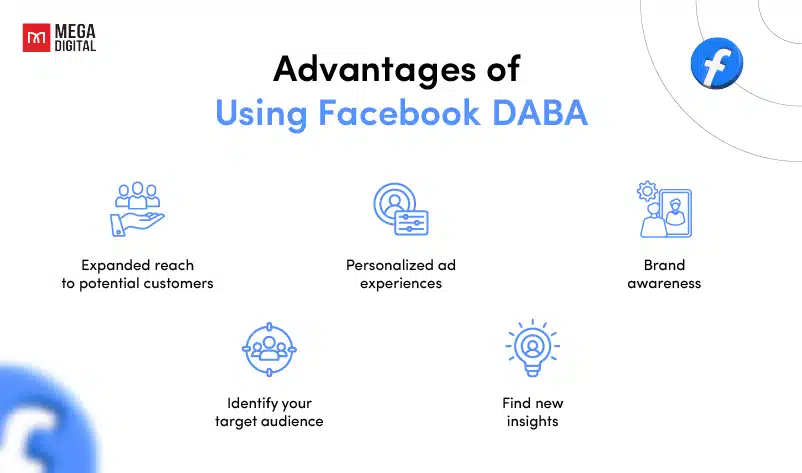
Expanded reach to potential customers
Facebook DABA allows you to reach a wider audience by leveraging Facebook’s powerful machine learning algorithms. These algorithms match your products with people who have shown interest in similar items, even if they haven’t visited your website or app. According to Facebook, businesses using DABA have seen a 34% increase in reach compared to traditional targeting methods.
Personalized ad experiences
With DABA, each ad is tailored to the individual user, creating a more personalized and engaging ad experience. Personalized ads are proven to be more effective: research by Epsilon found that 80% of consumers are more likely to make a purchase when brands offer personalized experiences. This targeted approach increases the likelihood of conversion by showing users products they are more likely to be interested in based on their online behavior and interests.
Brand awareness
If you’re a relatively unknown retailer, DABA can be an effective way to introduce new people to your products and brand. By showcasing your products to a broad audience, you can increase brand recognition and awareness. In fact, a study by Nielsen found that ads that are relevant to the audience can increase brand awareness by 23%. By using DABA, you ensure that your ads are seen by people who are more likely to remember your brand.
Identify your target audience
If you’re unsure who to target, DABA can be a useful tool. By running ads to a broad audience, you can gather insights about who is most interested in your products and who is most likely to convert. This can help you identify your target audience and tailor your future advertising efforts accordingly.
Find new insights
Once you’ve started running your ads, you can review the insights and results to understand who your ads are reaching and how they’re responding. This can provide valuable information about your audience and help you refine your advertising strategy.
How to set up a Facebook DABA Campaign?
DABA is quite simple to set up (especially if you’re already using your product feed for remarketing). Before you begin, ensure that your product catalog and the Facebook Pixel are properly set up.
We guess that you already had a Facebook ads account to manage your campaigns. You can either use your own accounts or, if possible, rent a qualified Facebook agency ad account from a trustworthy partner like Mega Digital. Compared to normal ad accounts, agency ad accounts offer several advantages, including enhanced reporting and analytics capabilities, allowing for more detailed and customized insights about your audiences.
Once everything is ready, you can start setting up your DABA campaign!
Step 1. Create a new campaign
Start by creating a new campaign by selecting the Sales campaign objective and toggling “On” for Catalog Sales.

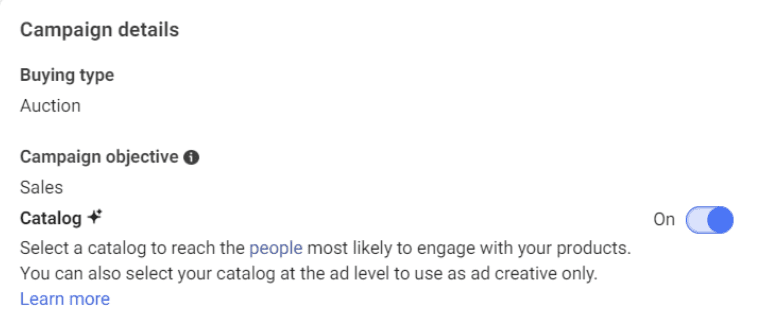
Step 2: Select optimization for your goal
In the “Optimization & delivery” section, click the drop-down menu and select the appropriate optimization for your goal.
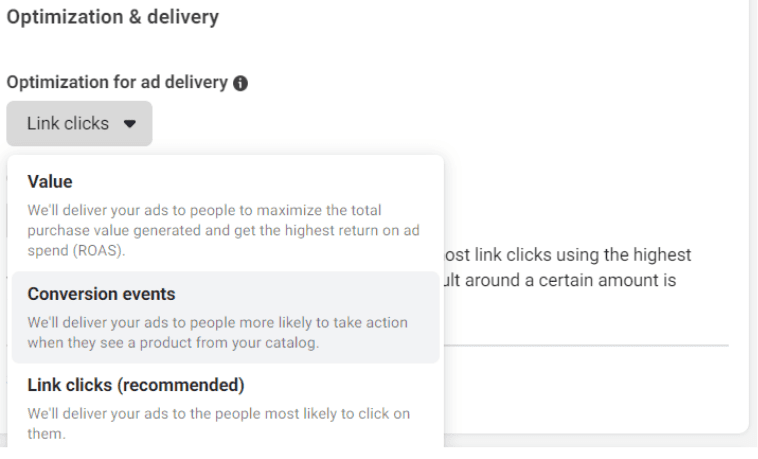
Step 3: Allow for broad audience targeting
In the “Audience” section, select “Find prospective customers even if they haven’t interacted with your business.”
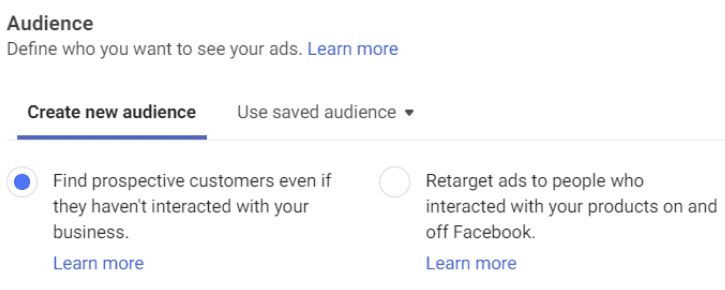
Step 4: Exclude website visitors
In the “Targeting” section, exclude all website visitors in the last 180 days (the longest lookback window allowed) to ensure you are targeting the newest customers available.
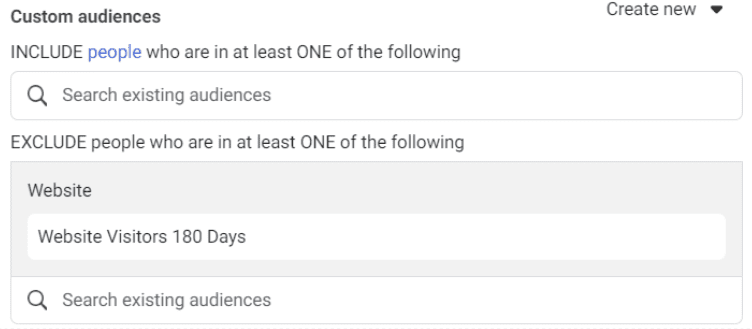
Then, all you have to do is give the campaign time to learn and uncover a new, larger audience of prospective customers for your brand.
Best Practices for Facebook Dynamic Ads Broad Audiences
In order to truly optimize your DABA campaigns and ensure they reach their full potential, you should follow the best practices below that have been proven effective:
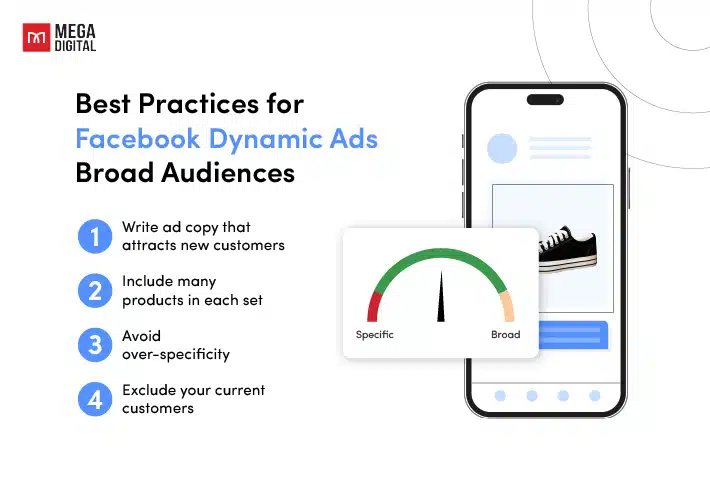
1. Write ad copy that attracts new customers
Since the goal of DABAs is to attract new customers to your business, you want to write your ad to draw in those people. Don’t assume in your ad copy that the reader has any knowledge or preconceived notion of your product or business.
Look at the example below and see how Patagonia, the outdoor apparel company, makes customers stop scrolling with its ad. Their campaign highlighted the environmental aspects and main features of their products in simple, straightforward language.
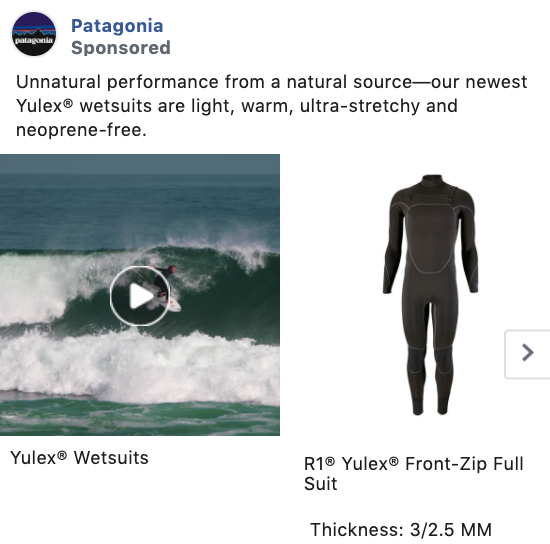
2. Include many products in each set
Facebook employs AI with DABAs to learn about its site visitors’ preferences and extrapolate what products might interest them tomorrow… or even next week. If you’re using product sets, you should include a good number of products in each set. By including a large number of products in your set, you’re giving the Facebook algorithm the space it needs to do wonders and match a broader number of potential customers with products.
For example, the e-commerce giant Wayfair included a wide range of furniture items in their ad sets – sofas, dining tables, beds, and more. By providing a diverse range of items, they enabled Facebook’s AI to match products more effectively to user interests.
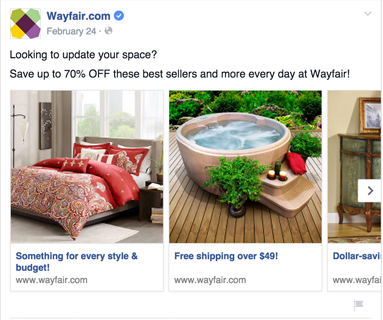
3. Avoid over-specificity
Don’t use Lookalike Audiences or detailed behavioral and interest preferences. The objective of a “broad audience” is to reach new customers. Narrowing your audience too much by being overly specific can limit your reach. Lookalike Audiences work well for targeting precise customer groups, but in the case of broad targeting, you want to avoid it.
An example of this practice comes from the beauty brand Sephora. Instead of targeting “women aged 25-34 interested in skincare,” Sephora targeted “all women interested in beauty.” This broader targeting allowed them to reach new customers who might not have been captured by more specific criteria. This approach led to a 25% increase in website traffic from new users.
4. Exclude your current customers
Since you are looking for new customers with your Facebook DABA campaign, you want to exclude the people who have purchased from you, at least in the near past. We suggest those who made a purchase within the last 20-30 days. You exclude these people because you don’t want your numbers to be skewed by people who already know and like your products. Also, since they’ve just purchased something from you, they are not likely to make another purchase again so soon.
Remember to not exclude visitors to your website. Facebook clarifies that including previous website visitors “helps train the model Facebook uses to determine who to show your dynamic ads to.”
For example, the online fashion retailer ASOS implemented this practice by excluding customers who had purchased within the last 30 days. However, keep website visitors included to help Facebook’s algorithm target potential new customers better. As a result, they saw a 15% increase in new customer conversions and more accurate performance data for their campaigns.
Case Study: Boosting Brand Awareness and Sales with Facebook DABA
To make it even more concrete, let’s dive into a detailed case study of a successful Facebook DABA campaign run by a client of Mega Digital.
Client Background
Luxe Timepiece, a luxury watch retailer, partnered with Mega Digital to enhance its online presence and boost sales. They aimed to reach new customers who had yet to interact with their brand.
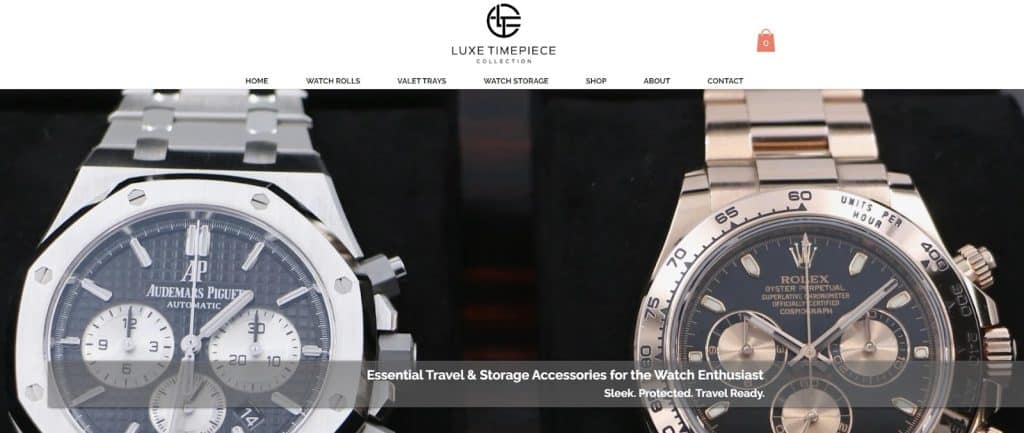
Strategy
Mega Digital implemented Facebook Dynamic Ads for Broad Audiences to target potential customers based on their online behavior and interests. The campaign included high-quality images of their luxury watches and compelling ad copy.
Execution
- Product Catalog Setup: Mega Digital created a comprehensive product catalog with detailed descriptions and high-resolution images.
- Audience Targeting: Utilizing Facebook’s DABA, the campaign targeted users based on browsing history, interests, demographics, and interactions with similar brands.
- Ad Optimization: Continuous A/B testing was conducted to refine the ad creatives and targeting parameters.
Results
- Expanded Reach: The campaign reached over 1 million potential customers who had shown interest in luxury goods.
- Increased Conversion Rates: LuxeTimepieces saw a 35% increase in conversions, with a significant number of new customers.
- Improved ROI: The targeted approach resulted in a 20% reduction in cost per acquisition (CPA).
With the expertise of Mega Digital, Luxe Timepiece successfully expanded its reach, increased conversions, and improved its return on investment. This case study highlights the potential of DABA to drive significant business growth for luxury brands.
Wrap-up
To sum up, Facebook Dynamic ads for broad audiences allow your business to expand your reach and drive targeted traffic to your products. I hope that this blog has provided you with a clear understanding of Facebook Dynamic Ads for Broad Audiences and how they can transform your advertising strategy.







